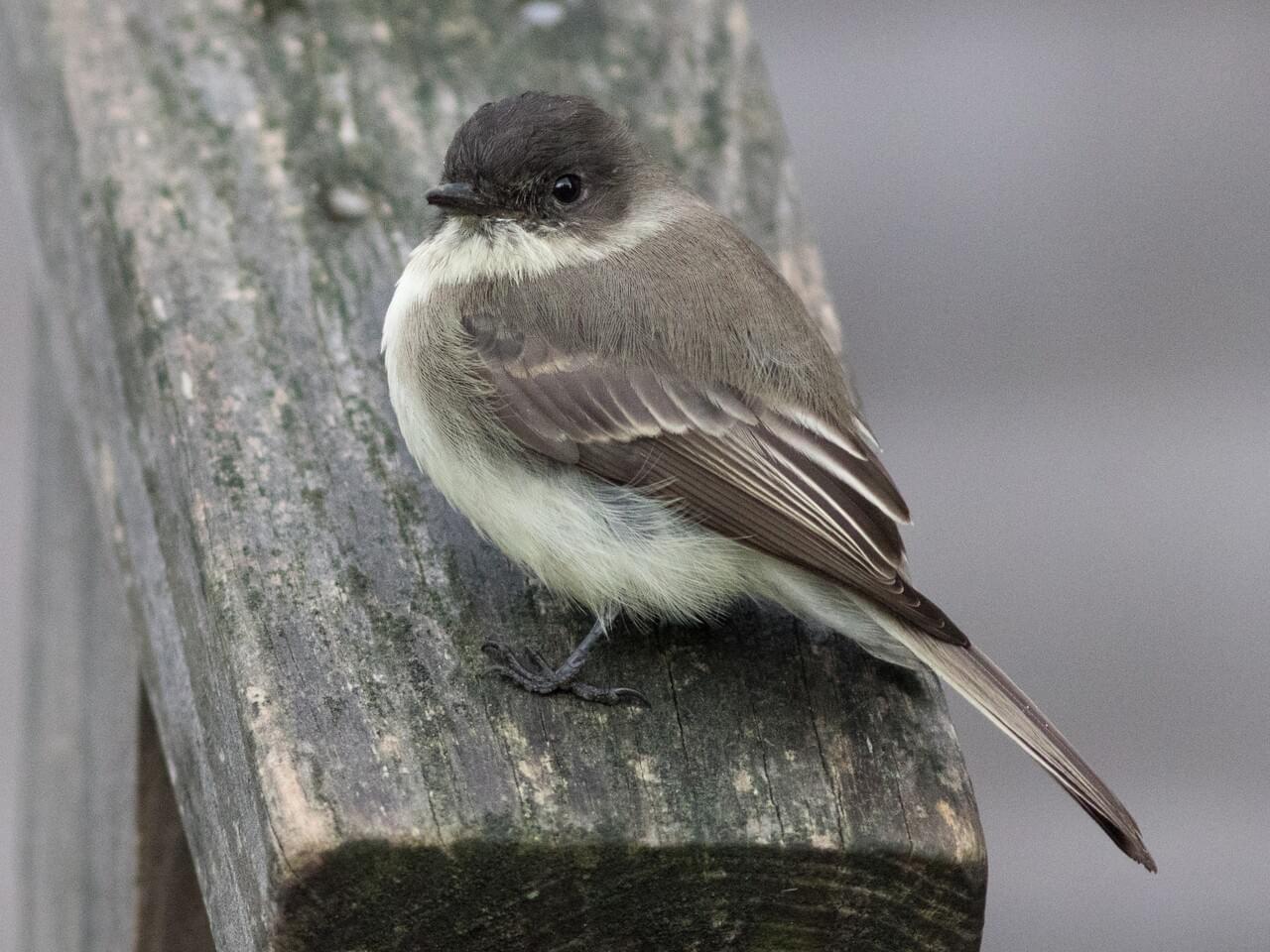Useful Hints
- Nests are generally located near fresh running water.
- Eastern Phoebes greatly prefer nest sites that are close to overhead cover (i.e., overhangs, ledges).
- The female constructs the nest from mud, moss, and leaves mixed with grass stems and animal hair.













